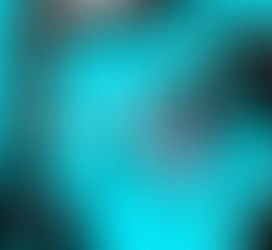Storyboards, Part 1
- Rich Terdoslavich
- Feb 27, 2024
- 3 min read
Hi, everyone. As I type away these words on a cold winter’s night, I decide that this month’s blog will be about storyboards. Had already written about this in my newsletter, but maybe expand on the theme.
I did storyboards for the film, entitled THE FIRST. Written and directed by Susan Ruth, the film is a Six Foot Umbrella and Dark Arts Entertainment production. When I received the script, there were certain scenes that needed something. Ideas kicking in. Visual ideas. Pencil to paper, start drawing.
What are storyboards? Small frames/panels where scenes are illustrated by the storyboard artist, based on pages of a film/tv script, to give the film/tv director visual ideas to shoot the scenes. You get a description of a scene in the script and you illustrate an angle shot-let’s say a close up of a person’s face-that would best represent the description of the scene, based on what was written in the script. Each scene is illustrated in a panel that could be about one or two inches, height and width. The rendering of each board doesn’t have to be perfect. It can be roughly drawn, just to give a visual reference to the director, an idea of how the scene will be or could be shot. Not set in stone, a foundation that could be changed. Then you jot down a few notes underneath the board, to describe the scene, that gives the film director an idea of how the shot will be or could be composed. Another important objective is to get the storyboards done asap, since the cinematographer, can start preparing the shots in advance.
Reading over the script, I made visual decisions, while drawing the storyboards, as to how each shot would transition from one scene to the next, without confusing the viewer, and respecting the written word, what was written on each page of the script. Changing up angle shots in each scene. Close ups, long shots, low angle, high angle. After watching so many movies, reading so many comic books, you absorb a lot of visual images over the years, studying them, looking at them, that they filter into your creative process, adding your own spins, twists and interpretations when you draw your own boards or panels. It is not only about your ability to draw, but also using your knowledge on angle shots, how to frame the scenes, plus perspective, lighting, design and composition. Always study and watch films, comic books, illustrations, paintings and graphic designs. Absorb much visual aesthetics and build your film vocabulary. It is not about drawing a perfect picture, but to tell a story, visually, from board/panel to board/panel.
My advice to those who want to draw storyboards, sequential art or illustrations: study the masters, whether they are comic book artists like the great Jack Kirby, illustrators like Bob Peak or filmmakers like Alfred Hitchcock; watch tons of movies and see how establishment shots are set, and see how each scene flows from one into the other; read plenty of comic books and again, see how the story flows visually, from panel to panel; whether it is fine art or illustration, see how the artists compose their scenes; and last but not least, understand design, composition, lighting, framing, visual arrangement and graphic aesthetics. In the end, be creative, passionate and have fun.

Words by Rich Terdoslavich (C) 2024. Film poster used by permission of Susan Ruth.



































Comments